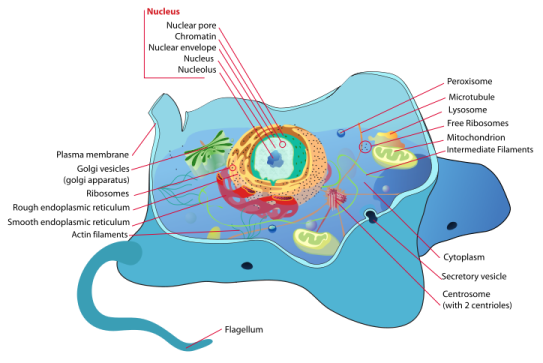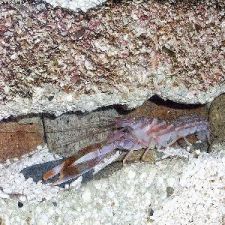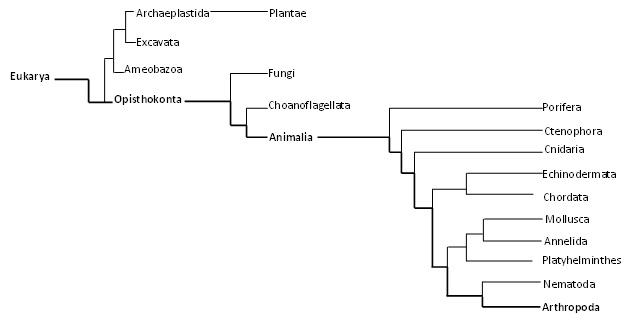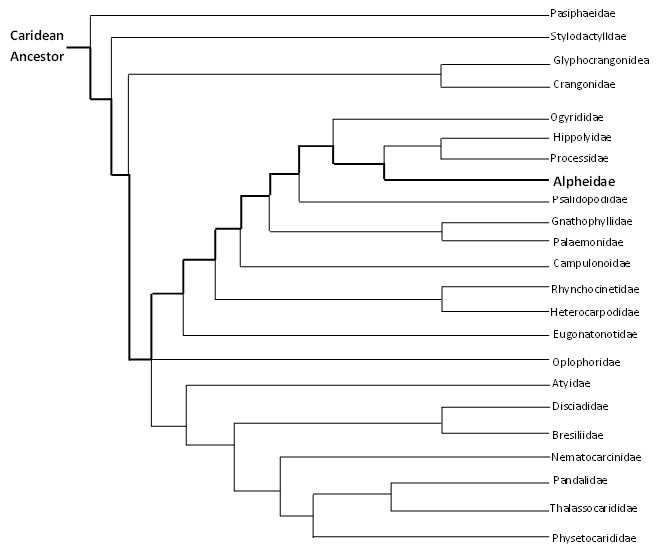
Where does Alpheus randalli fit in this spooky world?
Demons
sKeletons
Phantoms Cockroaches
Ogres Frogs
Ghouls and
Spirits
Classification
Domain: Eukarya
Alpheus randalli, or Randall’s Shrimp, is in the domain
Eukarya for several reasons. The first reason comes right from
the name Eukarya. Alpheus randalli has a true nucleus,
as well as membrane bound organelles and multiple linear
chromosomes in its cells.

Kingdom: Animalia
Just like all other members of this kingdom, Alpheus randalli
is a multicellular, heterotrophic organism. It also lacks cell
walls and is mobile throughout its life.
Phylum: Arthropoda
This phylum is characterized by having distinct head and
trunk segments in their body plans. They also have a complete
exoskeleton made of a sugar polymer called chitin. This provides
structural support and protection because it covers the organism’s
entire body. All members of the Arthropoda phylum are ecdysozoans,
meaning they grow by molting, which will be covered in more depth on
the Reproduction page. Another characteristic is jointed
appendages that can only bend in one plane at each joint. Multiple
joints on each appendage with alternate angles allow the organism to
move in any direction. All of these characteristics can be found in
Alpheus randalli. Other Arthropods are the
damselfly,
water scorpion,
ostracods,
fireflies, and many other organisms.
This phylogenetic tree shows the link between the phyla Arthropoda, which is where Alpheus randalli would be found, to the broadest of classifications, the domain Eukarya. Follow the bold lines and names to trace Alpheus randalli’s lineage.
Class: Malacostraca
Alpheus randalli fits into this class because it has two
pairs of antennae. Other members of this group include crabs,
shrimp, lobsters, krill and pill bugs.
Order: Decapoda
Members of the Decapoda class have three segments or
tagmata; the head (or cephalon), thorax (or pereion), and abdomen
(or pleon). Each of these segments is then broken up into repeating
segments called metameres. The name Decapoda is broken down to “deca”
meaning ten and “pod” meaning foot. This name comes from the five
pairs of walking legs called pereiopods on five of the thorax
metameres. There is an estimate 14,756 extant species of Decapoda.

Family: Alpheidae
The family Alpheidae is a family of shrimp with snapping claws,
specialized body form, facultative and obligate symbioses with many
animal groups, including gobiid fish, molluscs, sponges, cnidarians
and other crustaceans, and have moderate orbital hoods. The
snapping claws are used for defense and aggression and will be
discussed more in the Spooky Story
page of this site. Orbital hoods are extensions of the carapace
that partially or completely cover the eyes of these shrimp.
Scientists believe that the orbital hoods are protection from
combative claw snaps from other shrimp (Anker, et. al. 2006). This
family is also monophyletic, meaning it shares one common ancestor
(Anker, et. al. 2006).
Another incredibly interesting shrimp with an adapted forearm for a special purpose is the Mantis Shrimp, click here to learn more!
This tree represents the current hypothesis of the relationships between the families and superfamilies found in the infraorder Caridea. This infraorder is found in the order Decapoda. As you can see from the phylogeny pictured above, Alpheidae is one of the most derived families found in Caridea. Once again, the bolded lines represent the family Alpheidae’s lineage and subsequently Alpheus randalli’s lineage. Since phylogenies are always hypotheses, they are always subject to change. This representation could change as we find more information on all of the families.
Genus: Alpheus
This genus is the largest and most complex decapod genus (Spence and
Knowlton 2008). Shrimp in
this genus are asymmetrical with the major chela, the snapping claw,
being much larger and more calcified than the other. These shrimp
tend to look more like mini-lobsters than typical shrimp. This
genus of shrimp is commonly called Pistol Shrimp (Anker, et. al.
2006).


Species: Alpheus randalli
Alpheus randalli has wide red stripes with some spots over
a base color of a clear transparent to white. Alpheus randalli,
or Randall’s Shrimp, was named after John E. Randall, who first
collected this species of snapping shrimp on May 7, 1971. It was
found living with an Amblyeleotris sp. of goby fish (Banner
and Banner 1980).
To read more about this symbiotic relationship between Alpheus randalli and the goby fish see the Interactions page.
But first, let's head to the Habitat page to learn where we can find these Pistol Shrimp.


